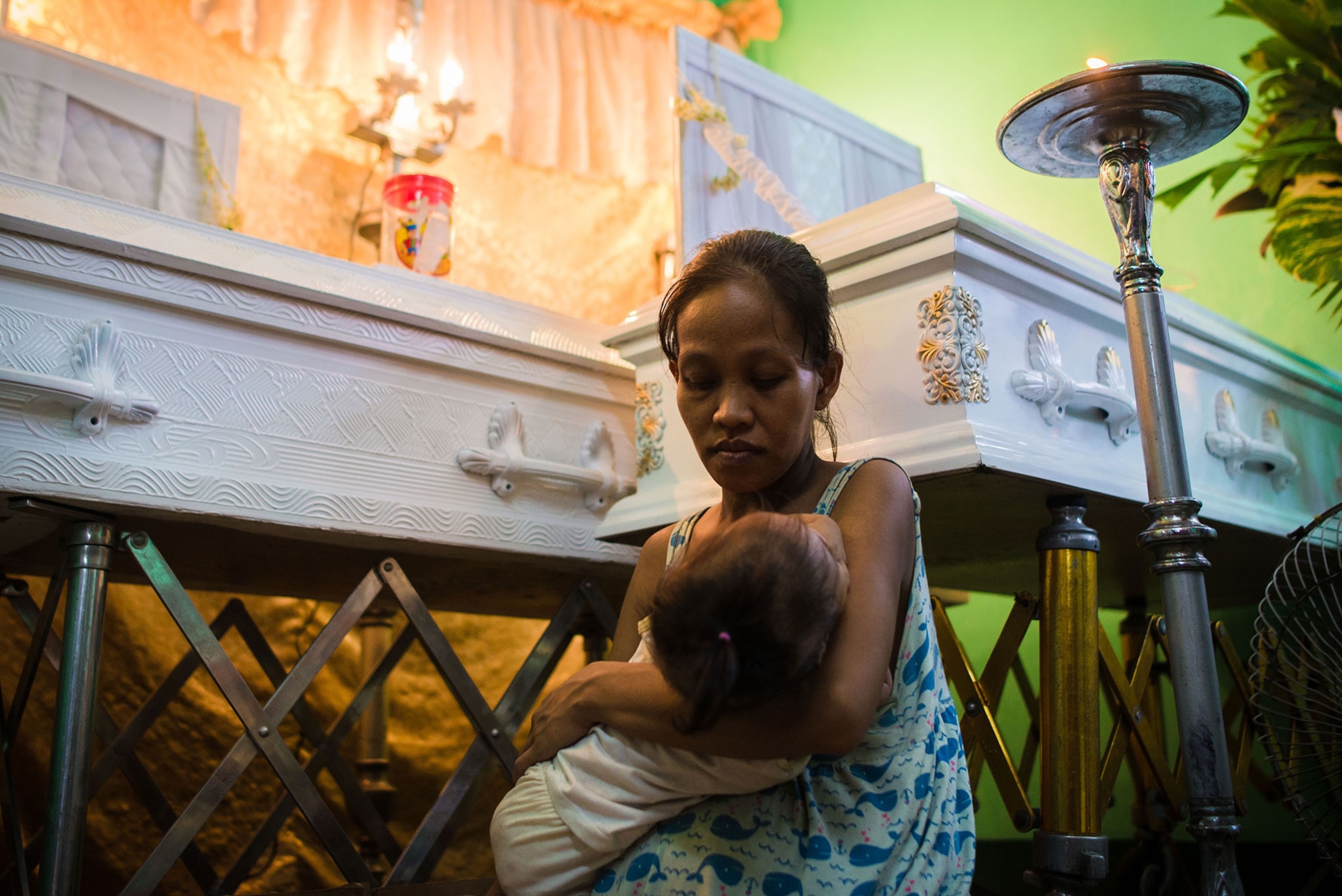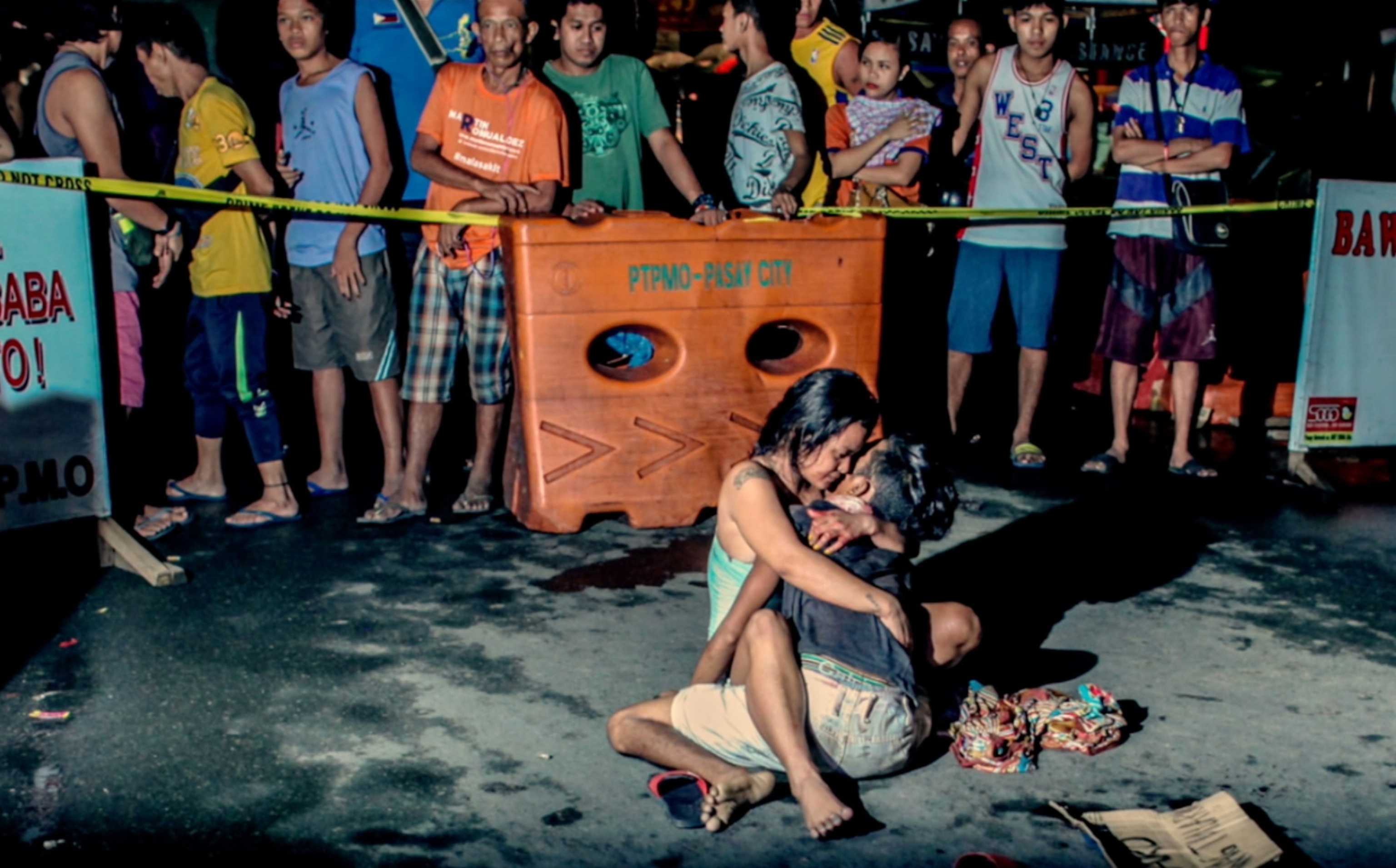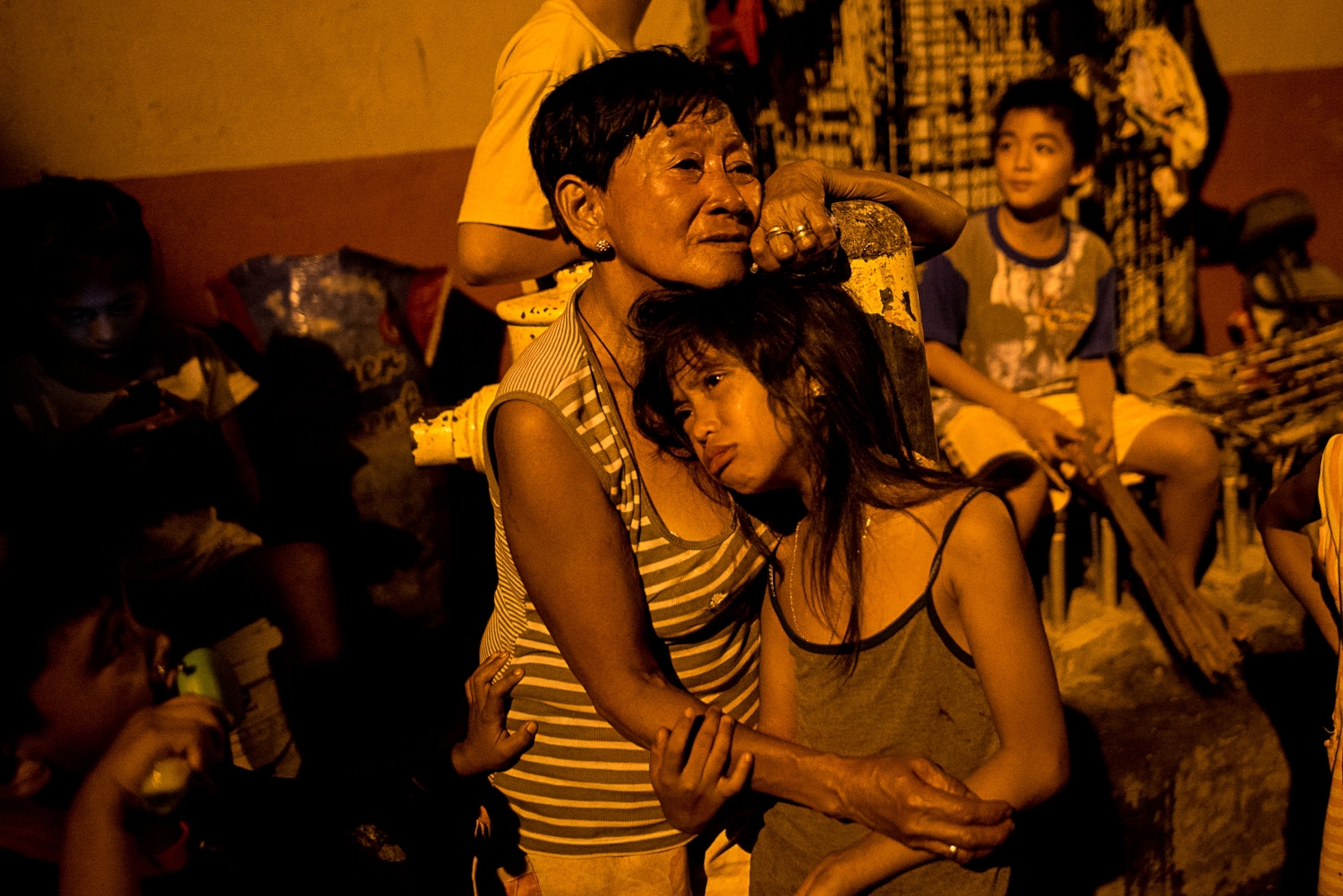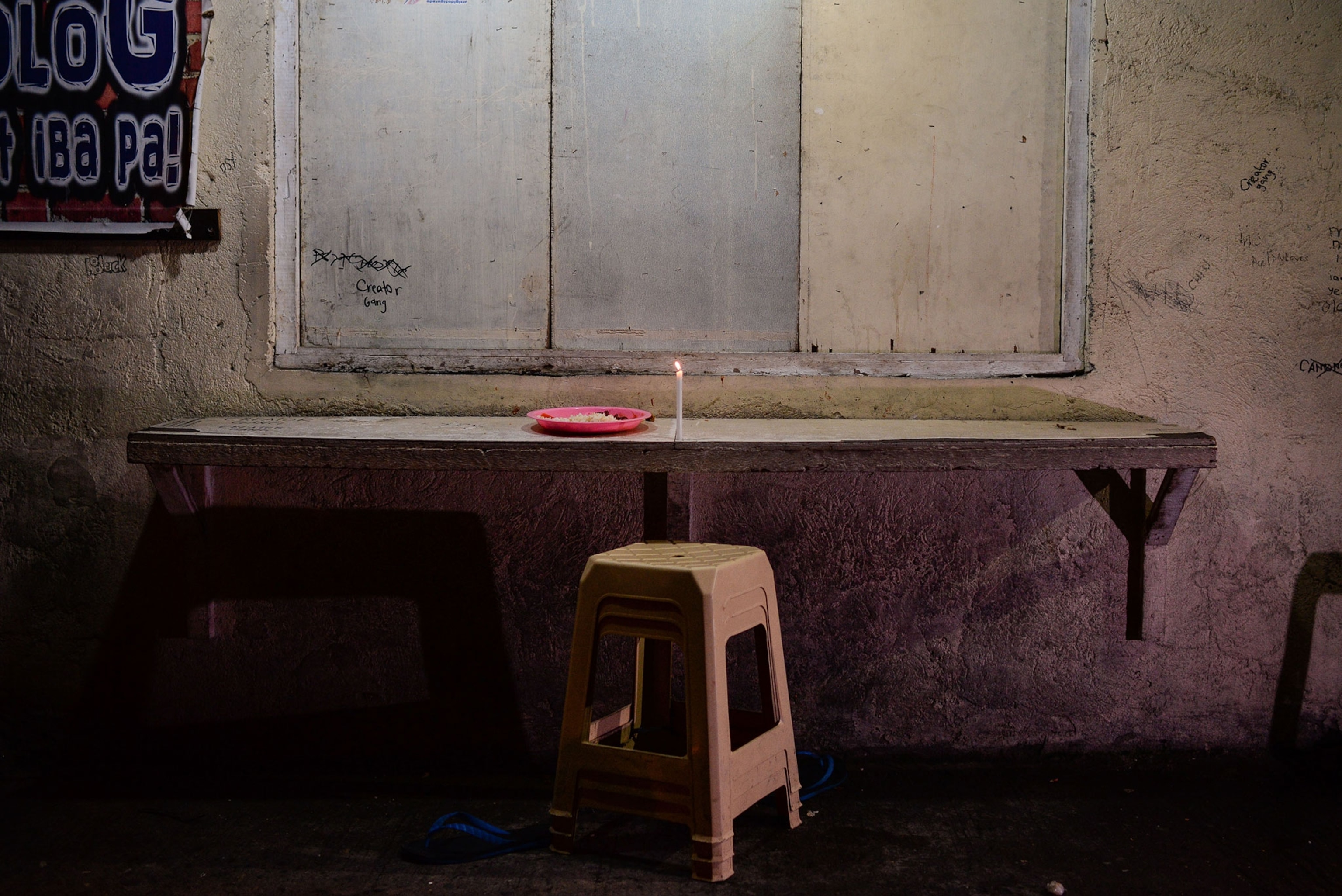
For these photographers, 'documenting history' has perils
Photographers in "The Nightcrawlers" documentary cover turmoil in the Philippines.
"When I drive around the streets of Manila, I don't remember by place, landmarks. I remember crime scenes," says photojournalist Raffy Lerma in the opening minutes of the documentary The Nightcrawlers. This evening, he arrives at a wake for a 15-year-old boy, shot twice in the head and once in the neck the night before. The boy's father and uncle stand grieving over the open casket as neighbors mill around.
"Every day you cover these scenes. It chips away at your humanity," he says. "But it's more important to cover these killings than to do nothing at all."
Lerma is one of a small group of journalists, known by some as the Nightcrawlers of Manila, committed to documenting the drug war in the Philippines. Night after night, they rush to document the crime scenes before the authorities arrive to clean up the site. "In photojournalism I believe that you have a purpose ... of documenting history unfolding before your eyes," Lerma says.

In 2016, Rodrigo Duterte was elected president, promising to eradicate drugs from the country. In a television broadcast, Duterte exclaims: "There are three million drug addicts, I'd be happy to slaughter them to finish the problem of my country." More than three years into Duterte's war on drugs, the official death toll exceeds 5,500. But human-rights organizations claim it could be as high as 27,000.
The verité-style film documents the complexity of the drug war in the Philippines, weaving together footage of the tireless photojournalists, speeding from one murder scene to another; interviews with unidentified vigilantes who say they are paid to kill; and the television clips of Duterte, promoting his war on drugs.

The scenes throughout are brutal, and the images that the photojournalists capture are haunting, seared in my mind: a woman cradling her dead partner in the street, a classic pietà image, surrounded by a crowd of onlookers held back by bright yellow police tape; a young girl on the blood-stained couch where her father was killed before her eyes, the bullet mark scarring the wall behind her.
But those allegedly involved in the drug war are not the only ones under attack. Photojournalists, reporters, and media organizations covering the killings are also threatened, with Duterte targeting journalists and anyone deemed critical of the president. "All he seems to want to do is to make journalists understand that they should be very afraid," says a radio reporter in the film.
Twenty-three-year-old Eloisa Lopez is a photojournalist based in Manila. Just a few weeks into Duterte's administration, she joined a group of photographers covering the nightly killings. She was one of the youngest journalists, and one of very few women, on the night shift.
Earlier this year, I spoke with her in Washington, DC as she accepted the Anja Niedringhaus Courage in Photojournalism Award. As a photo editor, I've seen a lot of work on Duterte's war by local journalists like Raffy Lerma and international journalists like Daniel Berehulak, covering the story for the New York Times. But in Lopez's pictures, I see an intimacy, and am particularly struck by the relationship she appears to have with the families of the dead.

"I think more than being a local, my womanhood made me more approachable to many of the victims’ families who are also mostly women—widows, and mothers who have lost their sons. Many of these women are either as young as me, or are old enough to be my mother," explained Lopez. "I guess that made it easier for them to let me in their homes, to share their stories with me, as they treated me like a friend, a daughter, a sister. I think it's this relationship, the bond between two women, that opened many doors for me as a photographer, that’s really given me that intimacy in my photographs."
I asked Lopez what courage means to her.
"Witnessing the drug war in my country ... I’ve recognized a different kind of courage from the families left behind. I see now that there is also a lot of courage in dealing with bereavement on top of poverty, impunity, and harassment in their own communities. There is courage in their resistance, in every protest they go to, in every speech and placard against the government that tolerates it. There is courage in sharing their stories to journalists like me, in speaking out when being silent is more convenient."

But she also acknowledged her own courage, and that of her fellow journalists. That is ultimately what The Nightcrawlers is about: the power of photojournalism and the importance of investigative reporting, particularly in an atmosphere that seeks to silence these voices.
"There is courage," Lopez says, "in every journalist who takes on this job—for listening, reporting, photographing, and ultimately carrying all these stories of trauma long after they have been published."





